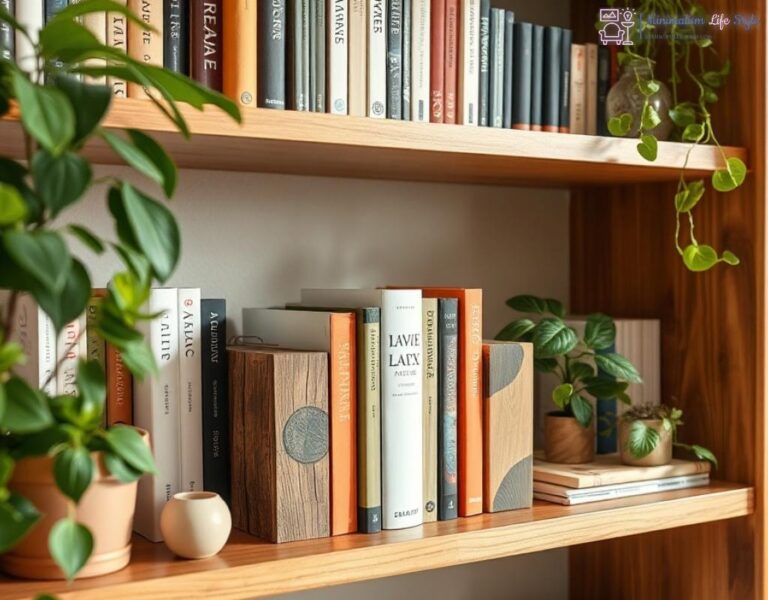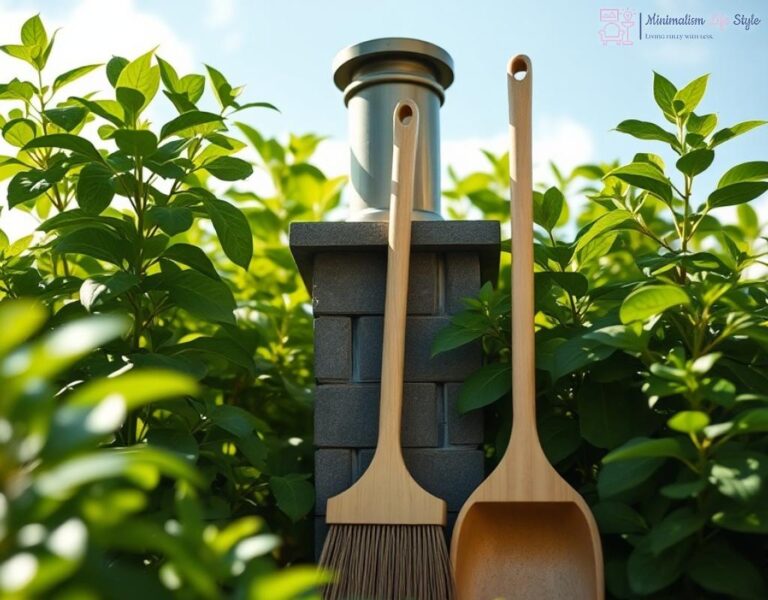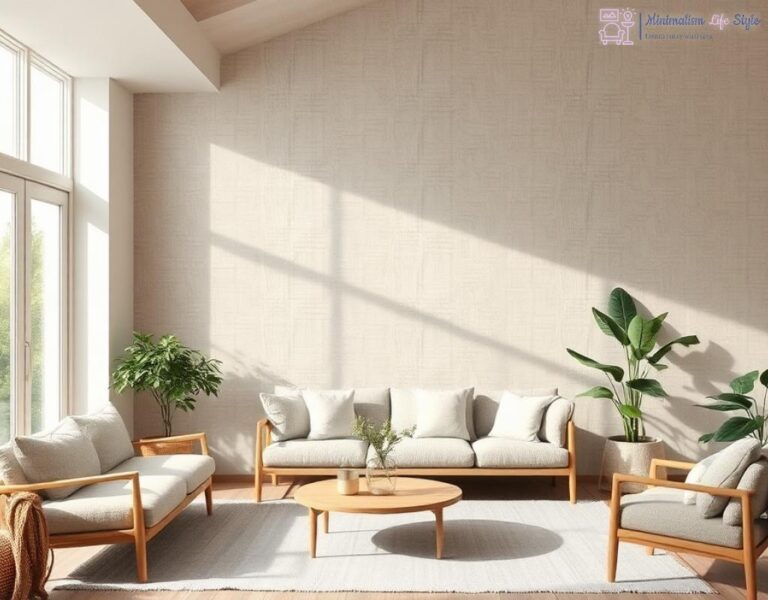Embracing Eco-Friendly Materials for Drawer Organizers
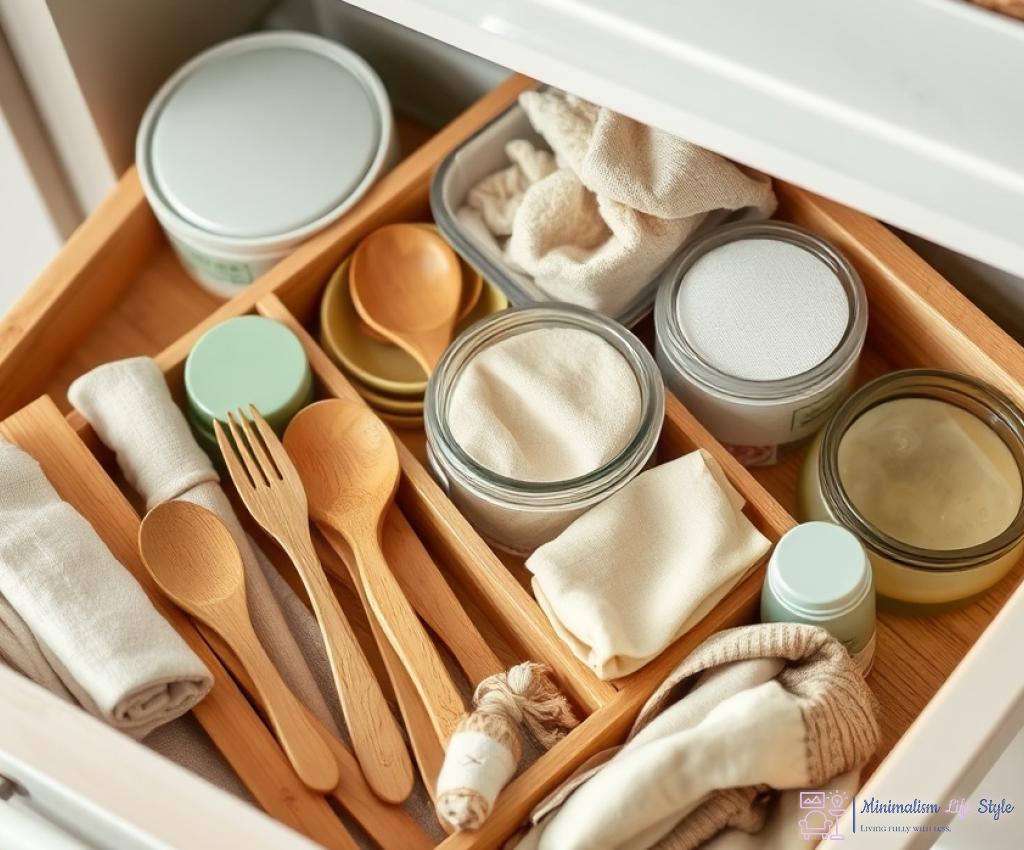
Why Eco-Friendly Materials Matter
In an age where sustainability is more than just a buzzword, embracing eco-friendly materials for drawer organizers is a step toward a greener lifestyle. By choosing materials that are sustainably sourced, biodegradable, or recycled, not only do we reduce our carbon footprint, but we also promote a healthier environment. Let’s explore the benefits of these materials and how they can elevate your organization game without compromising on style or function.
Top Eco-Friendly Materials for Drawer Organizers
When it comes to selecting materials for your drawer organizers, the options are as diverse as they are sustainable. Here’s a rundown of some of the best eco-friendly materials that can transform your cluttered drawers into organized havens:
- Bamboo: This fast-growing grass is a popular choice for its strength and natural beauty. Bamboo is biodegradable and can be harvested without harming the plant, making it an excellent eco-friendly option.
- Recycled Plastic: Utilizing plastic waste to create drawer organizers is a brilliant way to keep materials out of landfills. Many companies now produce stylish and durable organizers from 100% recycled plastic.
- Cork: Harvested from the bark of cork oak trees without killing the tree, cork is a renewable resource. It’s lightweight, durable, and provides a unique aesthetic to your drawer organization.
- Organic Cotton and Linen: For fabric organizers, using organic cotton or linen ensures that harmful chemicals aren’t used in production. These materials are not only sustainable but also soft and stylish.
Making the Right Choice: A Comparative Table
Choosing the right eco-friendly material can be overwhelming given the variety available. Here’s a comparative table that highlights key attributes of popular eco-friendly materials:
| Material | Renewability | Durability | Aesthetic Appeal | Biodegradability |
|---|---|---|---|---|
| Bamboo | High | High | Natural | Yes |
| Recycled Plastic | Medium | High | Varied | No |
| Cork | High | Medium | Unique | Yes |
| Organic Cotton | Medium | Medium | Soft | Yes |
Making informed choices about the materials we use in our home organization can lead to a significant positive impact on the environment. By opting for eco-friendly drawer organizers, you are not only enhancing your home’s aesthetic but also contributing to a sustainable future.
The Art of Decluttering: A Path to Minimalist Living
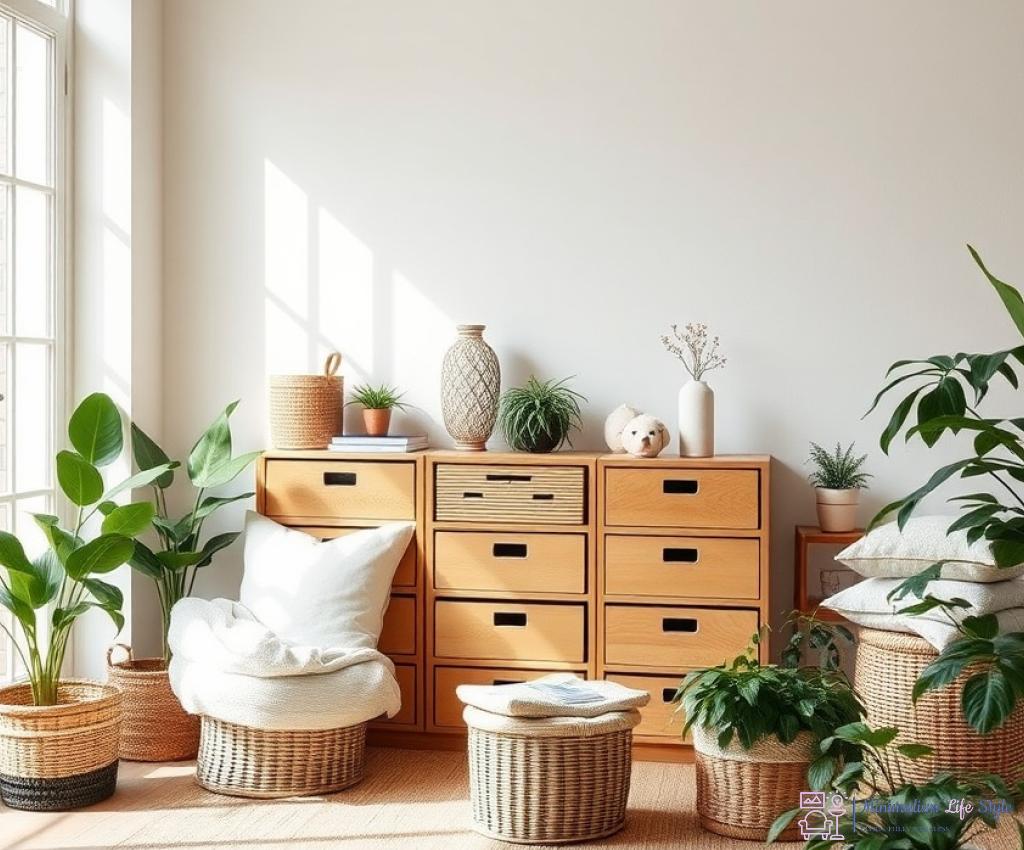
In a world that often feels cluttered with excess, embracing the art of decluttering can be a transformative experience. Minimalist living is not just about reducing physical items; it’s about creating a harmonious space that reflects our values and aspirations. By simplifying our surroundings, we invite clarity, peace, and sustainability into our lives, allowing us to focus on what truly matters.
Decluttering is an ongoing process that requires intentionality. It isn’t merely about throwing things away; rather, it’s about making conscientious choices regarding what we bring into our lives. Each item we choose to keep should serve a purpose or bring joy, allowing for a more organized and aesthetically pleasing environment. This mindful approach aligns beautifully with eco-conscious principles, promoting the use of sustainable materials in our storage solutions, such as those mentioned earlier.
Curating a Mindful Space
Creating a minimalist space starts with a clear vision of how you want your environment to feel. Imagine a drawer filled with only those items that you truly need and love. Start by assessing your current possessions; categorize them into essentials, sentimental items, and those that no longer serve you. This process may seem daunting, but it is essential for cultivating a space that resonates with your eco-conscious values.
As you sift through your belongings, consider the impact of your choices. Opt for eco-friendly drawer organizers made from sustainable materials to house the items you decide to keep. For instance, using bamboo or recycled plastic organizers not only complements your minimalist aesthetic but also fosters environmental responsibility. Remember, less is often more—by selecting versatile organizers, you can maximize space and minimize clutter.
Embracing the Benefits of Minimalism
Adopting a minimalist lifestyle offers numerous benefits that extend beyond mere aesthetics. It promotes mental clarity and emotional well-being by reducing decision fatigue and stress associated with clutter. Moreover, a well-organized space can lead to increased productivity, allowing you to focus on your passions and pursuits without the distractions of unnecessary items.
Additionally, by choosing sustainable storage solutions, you contribute to a larger movement toward environmental stewardship. Each eco-friendly choice reinforces your commitment to a healthier planet, making a statement that resonates with others. As you embark on your decluttering journey, remember that every small step contributes to a broader impact—both in your life and in the world.
Creative DIY Storage Solutions: Upcycling for a Greener Home
Embracing Upcycling as a Sustainable Practice
In the quest for eco-conscious minimalism, upcycling emerges as a compelling solution to combat waste while cultivating creativity. Upcycling transforms discarded items into functional storage solutions, promoting a zero-waste philosophy that aligns perfectly with the principles of sustainability. By harnessing your imagination and a few basic tools, you can craft unique drawer organizers that not only serve a purpose but also tell a story. This practice not only reduces the demand for new products but also allows you to express your personal style, making your home truly yours.
Transforming Everyday Items into Functional Organizers
The beauty of upcycling lies in its endless possibilities. Everyday items can be given a new lease on life through innovative thinking. For instance, glass jars can be repurposed as chic containers for office supplies or kitchen utensils, while old shoeboxes can be covered in fabric or paint to create stylish drawer dividers. Each transformation not only saves money but also contributes to a more sustainable lifestyle. Consider using wine crates to store craft supplies or even turning an old ladder into a multi-tiered organizer for books and magazines. The only limit is your creativity.
Bringing Your Vision to Life: A Step-By-Step Approach
To embark on your upcycling journey, start by gathering items that are no longer in use. Assess their potential and envision how they could be repurposed. Begin with simple projects that require minimal resources and gradually challenge yourself with more complex designs. Document your process and share your creations with others to inspire a community of eco-conscious individuals.
| Item | Potential Use | Materials Needed |
|---|---|---|
| Glass Jars | Pencil holder, spice container, or small plant pot | Paint, twine, or labels |
| Shoe Boxes | Drawer dividers or storage boxes | Fabric, glue, scissors |
| Wine Crates | Craft supply organizer or bookshelf | Sanding paper, paint, or varnish |
By embracing upcycling, you not only create beautiful storage solutions but also foster a sense of responsibility towards the planet. Every small effort counts, and as you engage in these DIY projects, you inspire others to rethink waste and champion sustainability. In this way, your home becomes a beacon of eco-conscious living, demonstrating that minimalism can be both functional and deeply personal.
Smart Strategies for Sustainable Drawer Organization
In the journey toward eco-conscious minimalism, drawer organization serves as a vital element that reflects our commitment to sustainability. By implementing smart strategies, we can transform our drawers into functional spaces that not only declutter our lives but also honor our planet. The goal is to create storage solutions that are both practical and sustainable, ensuring that every item has its rightful place while minimizing waste.
Consider Multi-Functional Design: One of the most effective strategies for sustainable drawer organization is to choose multi-functional designs. Rather than opting for separate organizers for different purposes, look for versatile solutions that can adapt to your needs. For instance, a bamboo drawer divider can serve multiple roles—organizing utensils in the kitchen and holding office supplies in a workspace. This approach not only saves space but also reduces the number of products you need, which in turn lessens your environmental impact.
Embrace Minimalism Through Conscious Choices: To truly embrace eco-conscious minimalism, it is essential to make conscious choices about what you keep and how you organize it. Take a moment to evaluate each item in your drawers—ask yourself if it adds value to your life or aligns with your sustainable lifestyle. By keeping only what you truly need, you can create a more streamlined and efficient space. Moreover, consider using eco-friendly materials for your organizers, such as recycled plastic or organic cotton, to further enhance your sustainable efforts.
Prioritize Upcycling and DIY Solutions: Incorporating upcycling into your organization strategy can be a game changer. Instead of purchasing new organizers, consider repurposing items you already own. A shoebox covered in fabric can become a charming drawer divider, while glass jars can serve as stylish containers. This creative approach not only saves money but also champions a mindset of resourcefulness, aligning perfectly with the principles of eco-conscious living. Sharing your DIY projects with friends and family can inspire them to adopt similar practices, creating a ripple effect of sustainability.
The Impact of Minimalism on Environmental Sustainability
Embracing minimalism is more than just a lifestyle choice; it represents a profound shift in how we interact with our possessions and, by extension, the planet. As we strive for a clutter-free environment, we inadvertently contribute to environmental sustainability. This connection between minimalism and eco-conscious living highlights how our organizational choices can lead to a lasting positive impact on the Earth. By understanding the ripple effects of minimalism, we can make informed decisions that promote both personal well-being and ecological health.
When we reduce the volume of items in our lives, we not only create a more serene space but also significantly decrease our consumption. Each item we choose to keep requires resources for its production, transportation, and eventual disposal. Thus, by adopting a minimalist approach, we can directly influence our demand for new goods. This is especially important in a world where overconsumption leads to increased waste and depletion of natural resources.
Less is More: The Environmental Benefits of Minimalism
At the core of minimalism is the principle that ‘less is more.’ This philosophy encourages individuals to reevaluate their belongings, focusing on quality over quantity. By choosing fewer, high-quality items, we reduce waste and minimize our ecological footprint. For example, consider the materials used in drawer organizers. Opting for eco-friendly alternatives, such as bamboo or recycled plastic, ensures that even the organizational tools we employ align with sustainable practices.
Moreover, minimizing our possessions can lead to reduced energy consumption. Fewer items mean less space to heat, cool, or illuminate. As we declutter, we also create a more energy-efficient home environment. The act of organizing our spaces with sustainable solutions fosters a greater awareness of resource use, prompting us to consider how our choices impact the planet.
Mindful Consumption: Shaping a Sustainable Future
Minimalism fosters a culture of mindfulness regarding consumption. When we commit to keeping only items that serve a purpose or bring joy, we become more conscientious about future purchases. This shift can inspire others to adopt similar practices, creating a community dedicated to sustainability. For instance, when organizing drawers, utilizing upcycled materials reinforces the importance of reusing and repurposing, which is vital in combating waste.
As we cultivate this mindful consumption, we can also track the effectiveness of our efforts. Evaluating the environmental impact of our choices—such as the materials used in our storage solutions—can guide us toward even more sustainable practices. It becomes a cycle of continuous improvement, where each decision builds upon the last, ultimately resulting in a more eco-conscious way of living.
| Aspect | Minimalism | Environmental Impact |
|---|---|---|
| Resource Consumption | Reduced demand for new products | Lower extraction of raw materials |
| Waste Generation | Less clutter leads to fewer disposables | Decreased landfill contributions |
| Energy Usage | Fewer items lead to lower energy needs | Reduced carbon footprint |
By recognizing the profound impact of minimalism on environmental sustainability, we can embrace a lifestyle that not only enhances our personal lives but also promotes the health of our planet. Each small change we make can lead to significant outcomes, proving that simplicity and sustainability go hand in hand. As we take steps toward a more organized, mindful existence, we pave the way for a greener future.


